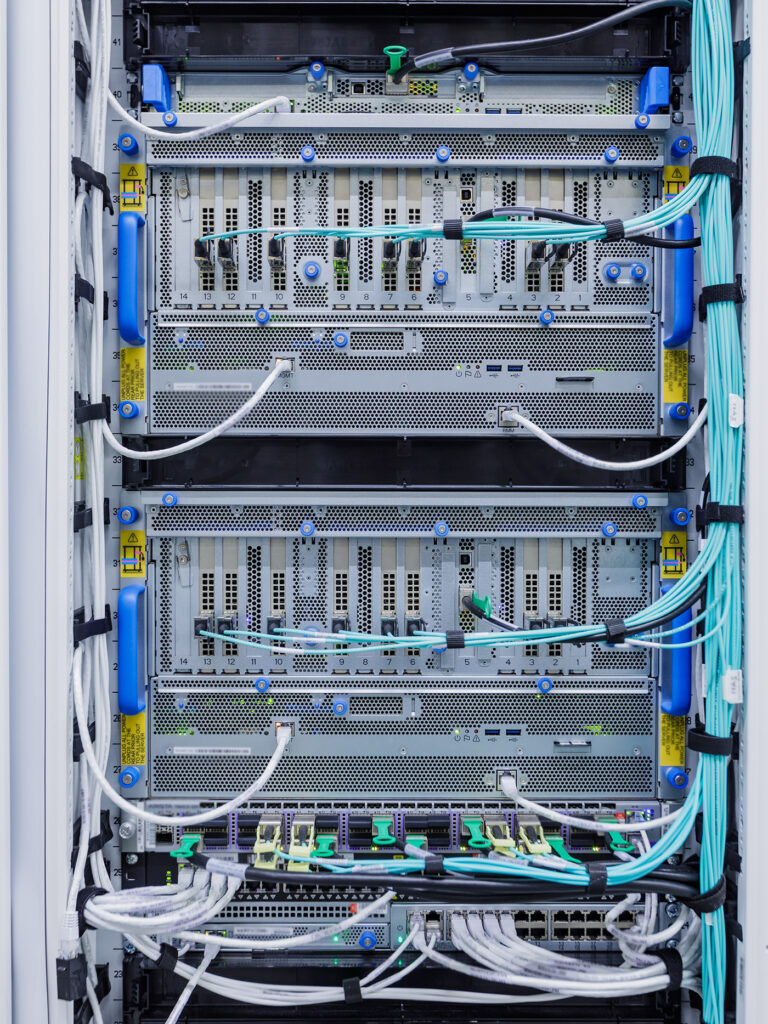Jimmyjames
Site Champ
- Posts
- 675
- Reaction score
- 763
I thought it might be interesting to discuss what Apple could catch Nvidia’s gpus with the M4 and beyond.
It’d be interesting for me personally for those more knowledgeable to contribute. I can think of a few possibilities that would help. Many have been discussed here previously:
Firstly, I can imagine Apple could increase the core speed of their gpu cores. An easy win in terms of performance, but obviously not good in terms of battery life and power usage.
Secondly, they could just increase the number of cores. Again, the same “easy” win (especially if moving to a smaller node. If not, then you run into the same problem as the first solution. Power increase.
Thirdly, and perhaps more interesting. They could expand their M3 ALU to allow 2x FP32/FP16/INT, instead of the current 2x any of the types, but not double of either! This seems like an elegant solution. Probably only consuming the same power as now?
Lastly, they could find more efficiencies, or more effective utilisation as they did with “Dynamic Caching”.
Any other ideas?
It’d be interesting for me personally for those more knowledgeable to contribute. I can think of a few possibilities that would help. Many have been discussed here previously:
Firstly, I can imagine Apple could increase the core speed of their gpu cores. An easy win in terms of performance, but obviously not good in terms of battery life and power usage.
Secondly, they could just increase the number of cores. Again, the same “easy” win (especially if moving to a smaller node. If not, then you run into the same problem as the first solution. Power increase.
Thirdly, and perhaps more interesting. They could expand their M3 ALU to allow 2x FP32/FP16/INT, instead of the current 2x any of the types, but not double of either! This seems like an elegant solution. Probably only consuming the same power as now?
Lastly, they could find more efficiencies, or more effective utilisation as they did with “Dynamic Caching”.
Any other ideas?



